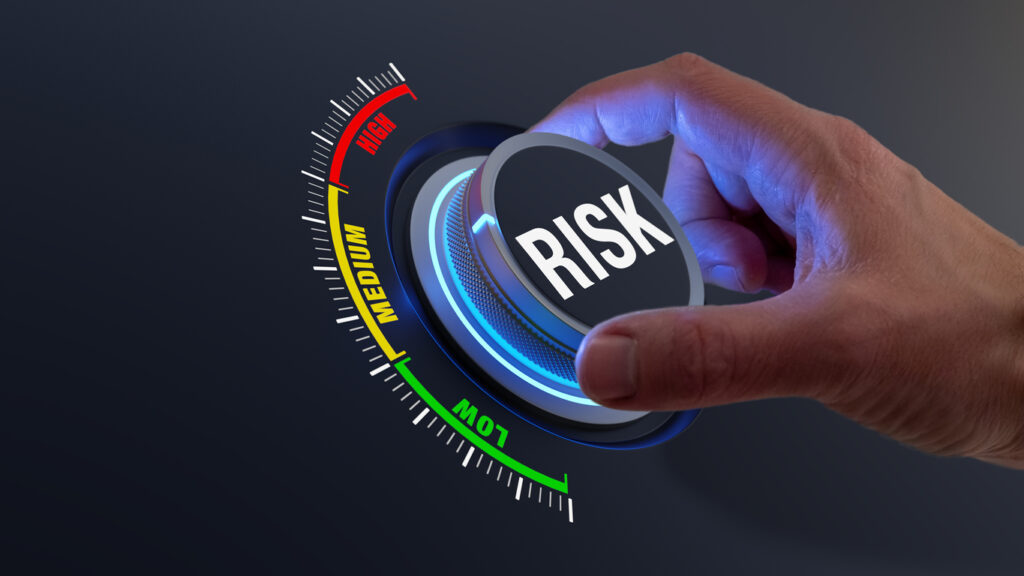Risk Management: The Smart Way to Protect Your Capital and Trade with Confidence – The Novice Trader’s Playbook

You’ve probably heard the story — someone jumps into trading, gets a few wins, feels unstoppable… then blows up their account in a single bad move. Sound familiar?
At The Signals Oracle, we’ve helped hundreds of new traders navigate these early traps. And if there’s one lesson I wish every beginner truly understood from day one, it’s this: Risk management isn’t optional — it’s everything.
In this post, you’ll learn why managing risk is the foundation of sustainable trading success, and walk away with practical tools to protect your capital and grow your confidence.
Why Risk Management Is Your Real Superpower
Let’s be real for a second: most beginners focus on how to win. They chase perfect entries, hot tips, or fancy indicators. But experienced traders? We focus on how to not lose big. That’s what keeps us in the game.
Risk management is the system you use to limit your losses so your wins actually count. It’s the difference between surviving a bad day and quitting altogether.
“In the beginning, most traders focus on profits. Eventually, they learn to focus on protection — and that’s when things change.”
I Lost 80% of My Account in One Month — Here’s What I Learned.
When I first started trading forex, I was overconfident and underprepared. I’d risk 20–30% of my account on a single trade, thinking I had “a sure thing.” Within four weeks, I’d lost 80% of my capital.
That painful experience became my wake-up call. I didn’t need better strategies — I needed better risk control.
I rebuilt from scratch using these core principles of risk management, which I still follow today:
The Core Principles of Risk Management
1. Never Risk More Than You Can Afford to Lose
This one might sound obvious, but you’d be surprised how often new traders ignore it.
💡 Rule of thumb: Don’t risk more than 1–2% of your total account on any single trade. If you have $1,000, that means your max loss on a trade should be $10–$20.
Why? Because if you hit a losing streak (which will happen), you won’t destroy your entire account.
2. Use Stop Losses — Always
A stop loss is a pre-set level where you’ll exit the trade to limit your loss. It’s not a sign of weakness — it’s a sign of discipline.
Think of it like a seatbelt. You don’t expect to crash, but you wear it every time. The same goes for your trading account.
🚨 Tip: Place your stop based on the chart, not your feelings. Support/resistance zones or volatility levels are great guides.
3. Calculate Your Risk-to-Reward Ratio
This is how you make sure your wins outweigh your losses.
Before you enter a trade, ask: Is the potential reward worth the risk I’m taking?
- A good rule: Aim for at least a 1:2 ratio (risking $10 to make $20).
- This way, you only need to win 40% of your trades to stay profitable.
4. Position Sizing: How Big Should You Go?
Position sizing is how you control your risk on a trade. Even with a great setup, risking too much can hurt you.
Here’s a simple formula:
Risk Per Trade = Account Size × Risk %
Lot Size = Risk Per Trade ÷ (Stop Loss in Pips × Pip Value)
Many brokers have calculators — use them! You don’t need to do this in your head.
5. Avoid Overtrading
Trading too often — especially out of boredom or revenge — is one of the fastest ways to burn out your capital.
Instead, be patient. Quality over quantity. One well-managed trade is better than ten reckless ones.
Bonus: Keep a Risk Journal 📓
Tracking your trades, how much you risked, and why you made those decisions helps you learn faster. Over time, patterns emerge — you’ll see where you slip and how to fix it.
Write this down in your journal:
- What was the setup?
- What was the risk per trade?
- Did I stick to the plan?
- What can I learn from this trade?
Risk Management in Action: A Quick Example
Let’s say you spot a breakout setup on EUR/USD. You plan to enter at 1.0850, with a stop at 1.0820 and a target at 1.0910.
- Account: $2,000
- Risk: 1% = $20
- Stop Loss: 30 pips
- Pip Value: $0.10 per pip = 0.01 lots
This setup gives you a 60-pip target and 30-pip stop — a 1:2 risk-to-reward ratio.
If you win, you make $40. If you lose, you only lose $20. Multiply that over dozens of trades, and your edge becomes clear.
Risk Management Is the Real Edge
Every pro trader knows this truth: it’s not the biggest wins that make you successful — it’s avoiding the big losses. Risk management gives you that edge.
Let’s recap:
- Never risk more than 1–2% per trade.
- Use stop losses, every time.
- Focus on solid risk-to-reward setups.
- Keep your position sizes smart.
- Track your trades and stay consistent.
The best part? You can start applying these rules today. Even small changes can make a huge difference over time.
Ready to take the next step? Check out our next article in the Novice Trader’s Playbook: “Developing a Trading Strategy: From Day Trading to Swing Trading“ It’s the perfect follow-up to help you get the most out of your trading platform’s charting tools.
Start exploring today, and set yourself up for success in the dynamic world of trading! Happy trading!